
Deeply Rooted
I am not well traveled. I’ve never flown on a plane. I’ve never been north of Ohio or west of Texas.I’m not as well traveled as some may say one should be, but this piece of land has housed all of my fondest memories…
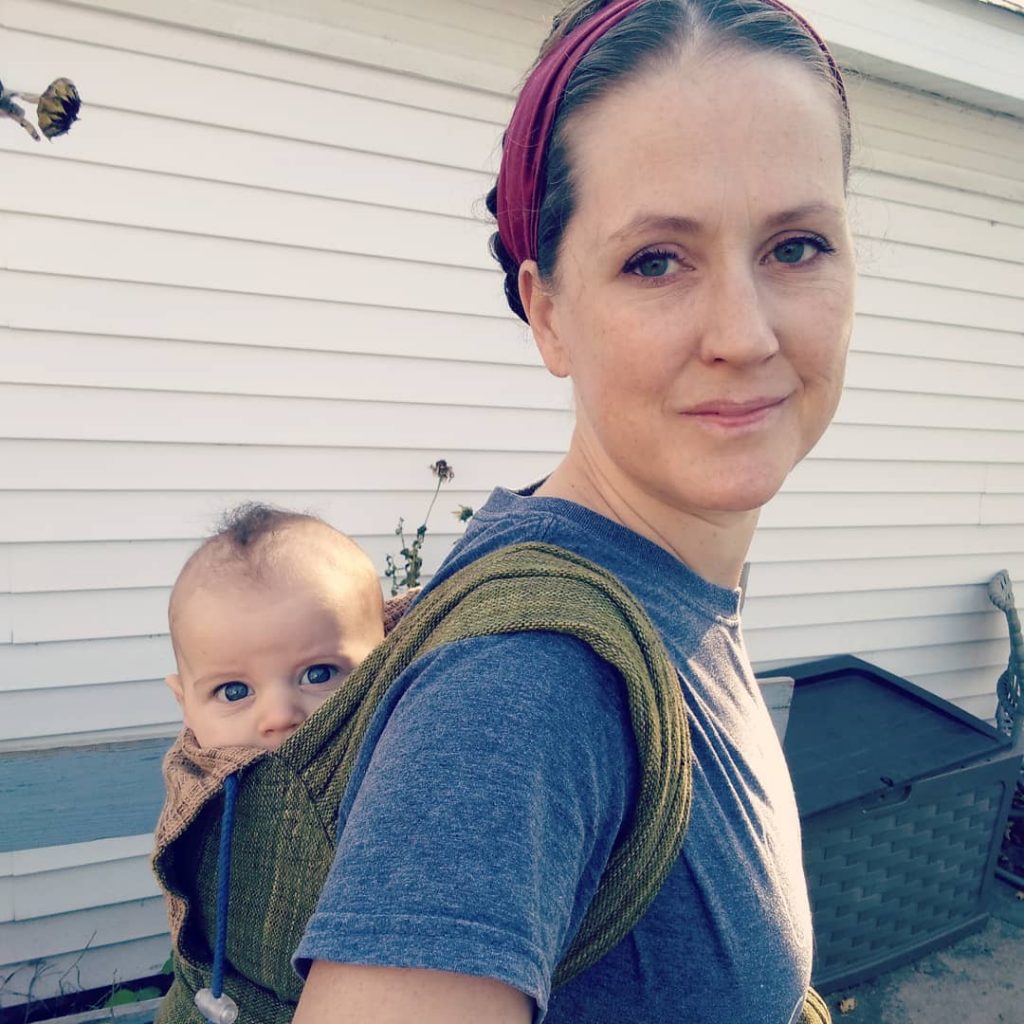


Hey, Homestead Mamas! It’s Jessica here from Three Rivers Homestead and this month I would love to talk to you about food preservation. August is the month when the harvests are plentiful for most gardeners, and if you aren’t growing the food yourself, you can typically find bulk local produce for great prices through local farmers.
The next question becomes – “How should I preserve all of this beautiful produce?”
For many new homesteaders and gardeners, food preservation can be an intimidating topic. We have all heard horror stories about botulism or people’s kitchens being “blown up” by pressure canners. These stories prevent a lot of people from ever even trying to preserve their food through canning methods. But I am here to tell you that canning isn’t as scary as it sounds.
First, botulism is extremely rare. Think of the number of people around the country who are canning foods every year. A lot of those people aren’t following the safe canning guidelines described by the National Center for Home Food Preservation and still, cases are rare. The CDC tracks home-canning related botulism cases every year and between 2001-2017 there were only 90 instances. Think of the millions of people canning multiple batches of various foods over the course of that 16 year period and there were only 90 cases of botulism. In those same years (2001-2017) there were 228 cases of botulism from other food sources – things that were not home-canned and many that were served in restaurants or grocery stores.
All that to say – you are statistically unlikely to poison your family through botulism. Follow safe canning guidelines as described by the National Center for Home Food Preservation and you virtually eliminate the risk.
If blowing up your kitchen with a pressure canner is your concern, there are several ways to avoid that:
1. Only buy new equipment.
2. If buying used equipment, get the pressure gauge inspected by your local canning extension office or fire department.
3. Never leave the room when your canner is processing.
4. Use a digital canner that controls pressure for you.
GETTING STARTED
If you are new to canning, I always suggest starting with a water bath canner. Water bath canning simply means boiling your jars in order to create a seal. You can use any pot to boil jars, but you do not want your jars touching the bottom. Always use a trivet.
Here is the water bath canner I recommend
Buy yourself a good recipe book written by a Master Canner. Master Canners are people who have gone through a certification process through a canning extension office and learned how to assess recipes for safety based on acidity and other factors. Using these recipes ensures that you will get the safest possible outcome with your canning.
My favorite beginner book is the Ball Blue Book
The Ball Blue Book has all of the basic recipes for the most common items, as well as information about how canning works and what equipment you will need to begin.
Once you have your canning guide, the following equipment will also be helpful:
• Stainless steel funnel
• Ladle
• Headspace measurer
• Tongs for removing jars

EASY BEGINNER PROJECTS
Every canning project will have different preparation steps and processing times. Some may involve more work, a bigger mess, and a greater time investment. The following is a list of some of the easiest projects to begin with:
• Canned Tomatoes
• Tomato Sauce
• Fruit Sauce
• Fruit Jam
• Bread and Butter Pickles
• Dilly Beans
• Raw-packed fruit slices
If you’re wanting to try pressure canning for the first time, I recommend starting with the following projects:
• Dried Beans
• Bone Broth
• Raw-packed vegetables
A FEW FINAL THOUGHTS
Canning can be a lot of work, but it has such a big reward. There is no better feeling to me than filling my pantry shelves with colorful jars of home-canned food.
Here are some final tips to ensure that you have the safest outcome with your canned goods:
• Do not reuse lids. They are designed to be single use items. While many people have success with reusing them, safety experts do not advise it.
• Always make sure you are using clean produce that doesn’t show any signs of spoilage.
• Make sure all of your equipment is clean.
• Remove all air bubbles before processing.
• Always follow the guidelines for appropriate headspace.
• Make sure to store your jars without the rings to avoid creating a false seal.
• Always inspect the contents of your jars before eating – if the seal doesn’t seem strong, there are any signs of spoilage, or an off smell – always discard the contents. It is better to be safe than sorry.
Happy canning, friends!

I am not well traveled. I’ve never flown on a plane. I’ve never been north of Ohio or west of Texas.I’m not as well traveled as some may say one should be, but this piece of land has housed all of my fondest memories…

Do you ever worry that your kids will miss out because of this homesteading lifestyle choice? This fear crosses my mind time to time. I’m sure many, if not most of you, could agree that it can be extremely difficult to get extended time away from the homestead for more than a full day, especially in the busy summer months when daily chores demand our regular attention…
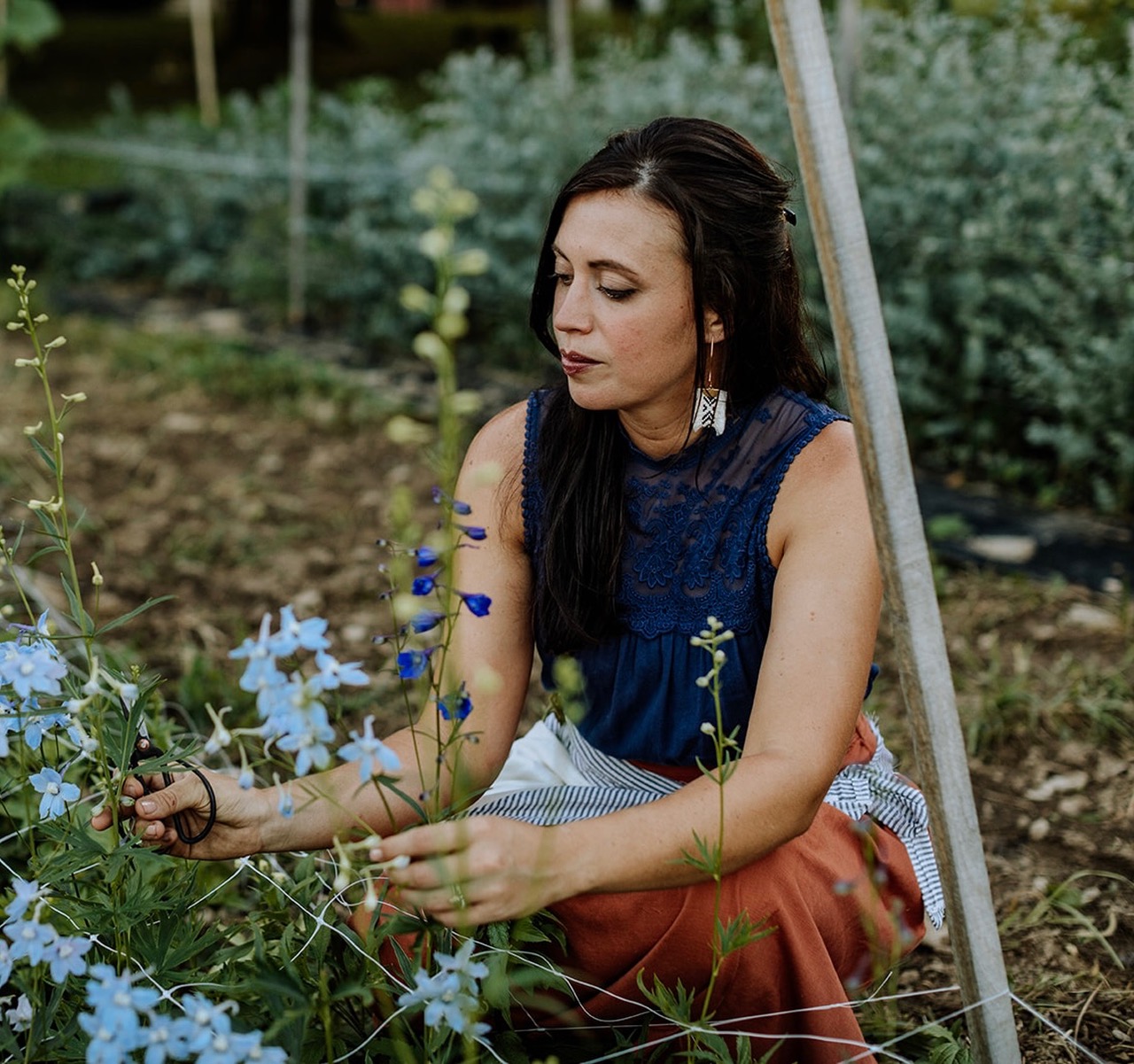
I don’t know a single person that can’t find some joy in flowers – whether it be their color, shape, or smell, a bouquet of fresh posies is sure to brighten anyone’s day. It’s no wonder that growing a cut flower garden has become increasingly popular among small farmers and homesteaders as a means of diversification…
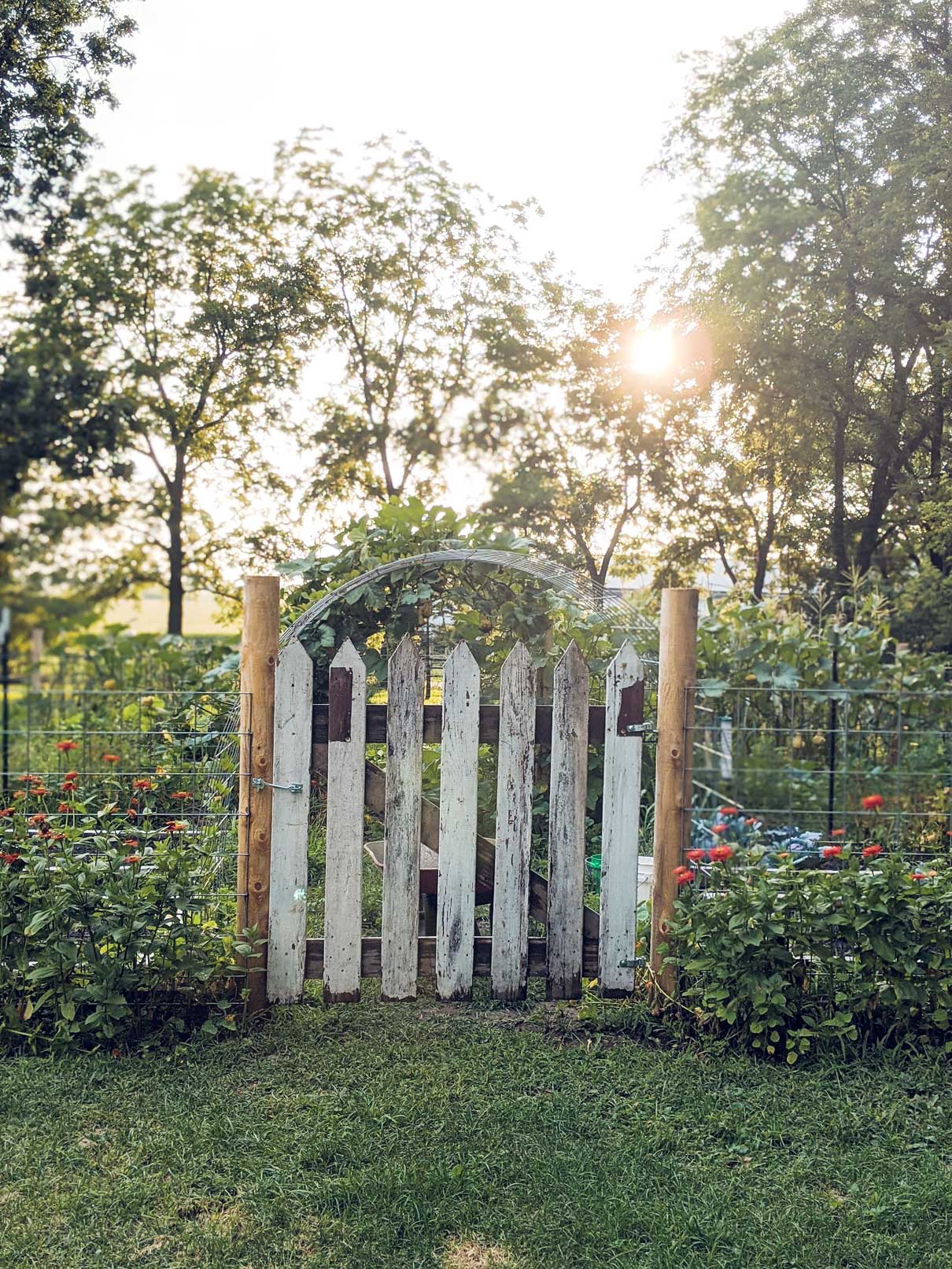
“In some Native languages the term for plants translates to ‘those who take care of us’ … the land knows you, even when you are lost.” – Robin Wall Kimmerer, Braiding Sweetgrass…
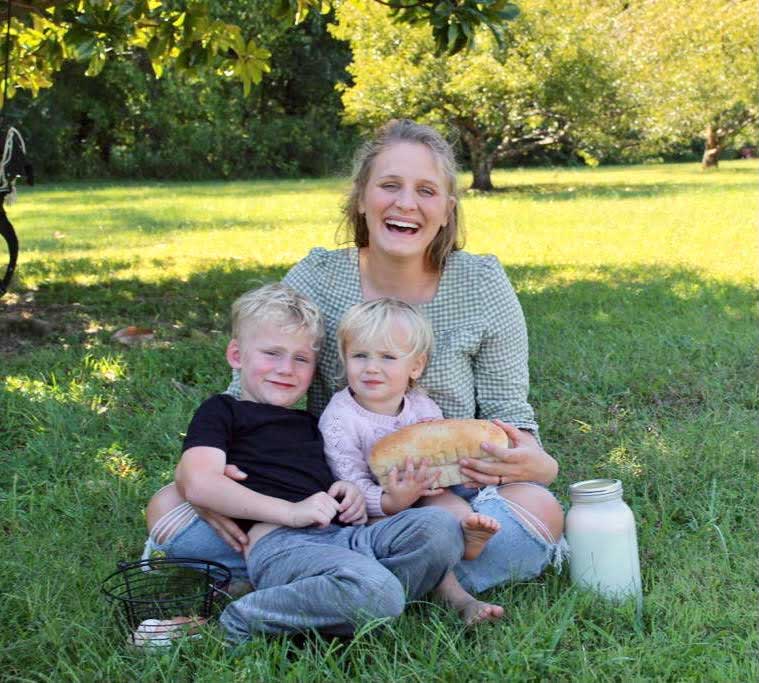
Babies, Business, and Bumper Crops: How I am Learning to Homestead with Babies in Tow
Have you ever had one of those days? You know the days when you are cleaning the baby’s diaper, milking the cow, scooping poop in the barn, wiping noses, and cleaning more poop off of kids’ shoes…
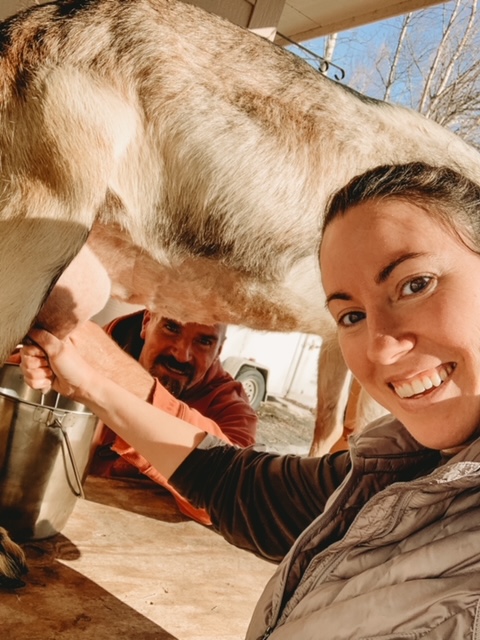
Hey there, Homesteading Mama’s!
I’m Rachel from @frontier_homesteading. My husband Ryan, three children and I have been homesteading for about 10 years now, first in Wyoming and now in Alaska.
We currently have milk goats, pack goats, sheep, a pig, a cow, chickens, rabbits, bees and a dog. Seasonally, we also have more pigs, meat chickens and turkeys….

Stained glass windows date back to the 7th century. With the earliest known reference dating
from 675 AD when workmen were imported from France to Britain to Glaze the windows of a
monastery…
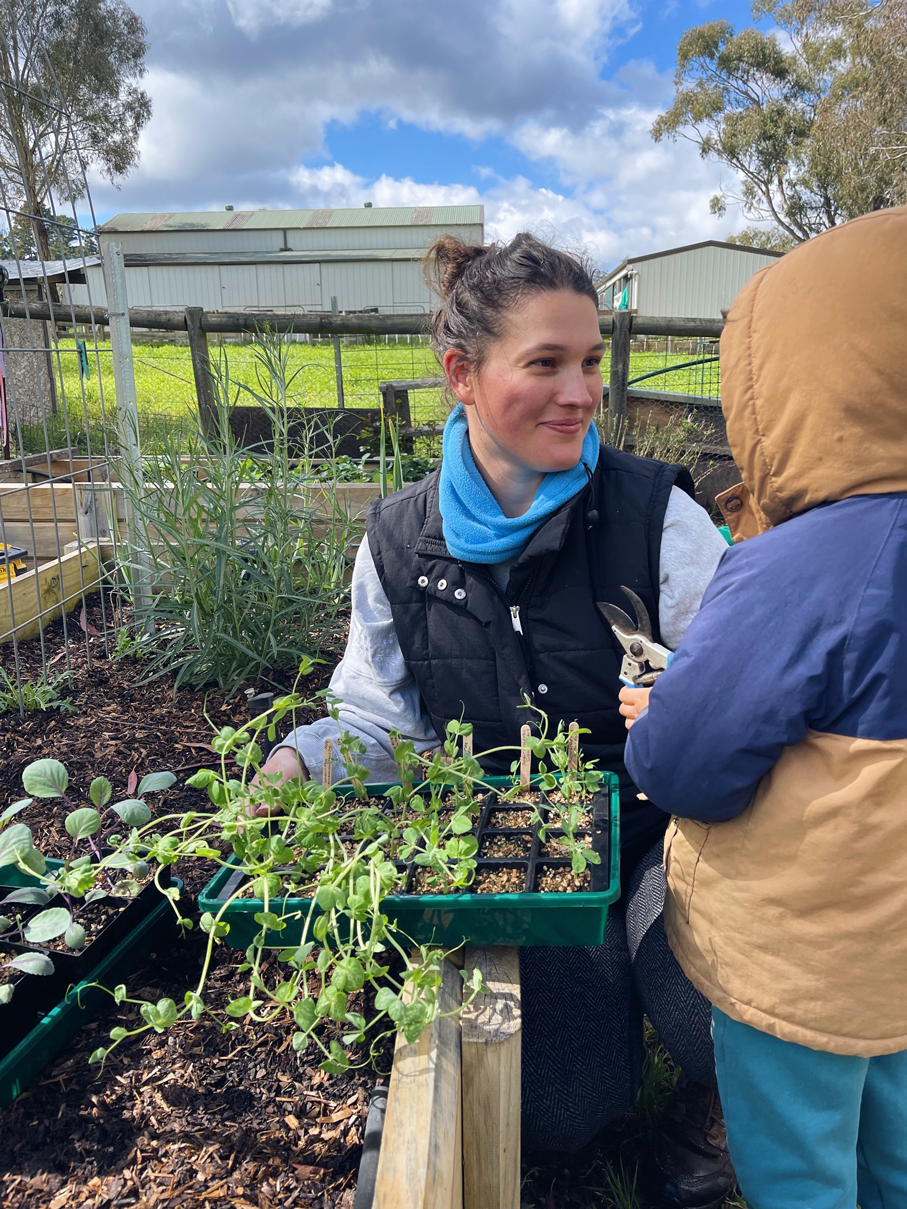
Homesteading and growing food is not the easy way out of this life, i would say it is the hard way as there’s nothing convenient about it. It’s a lifestyle, a life change not a trend or hobby. Well, that’s my opinion any way…
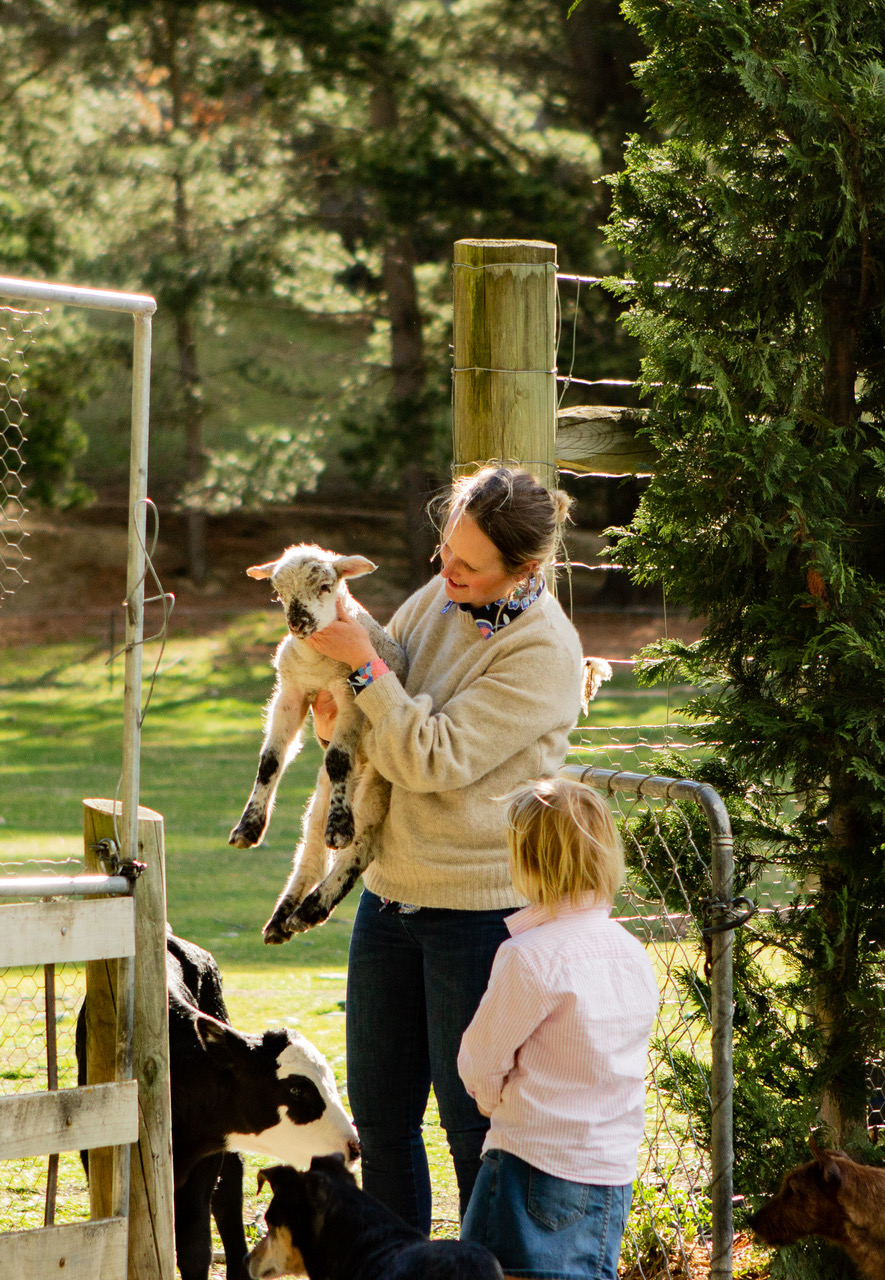
Awakino Station is a child’s dream. There is the river to splash in, tussock covered hills to explore, animals to raise and a bustling kitchen with a baking tin full of something yummy to eat…